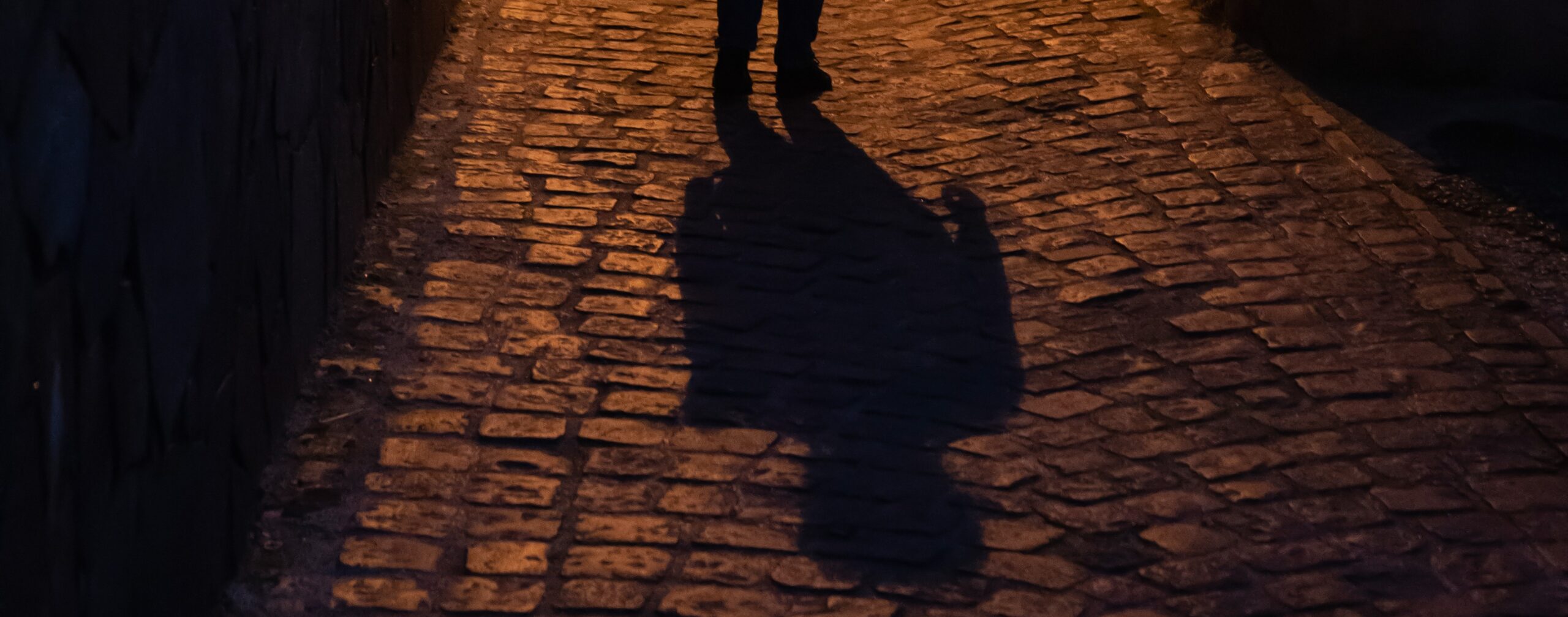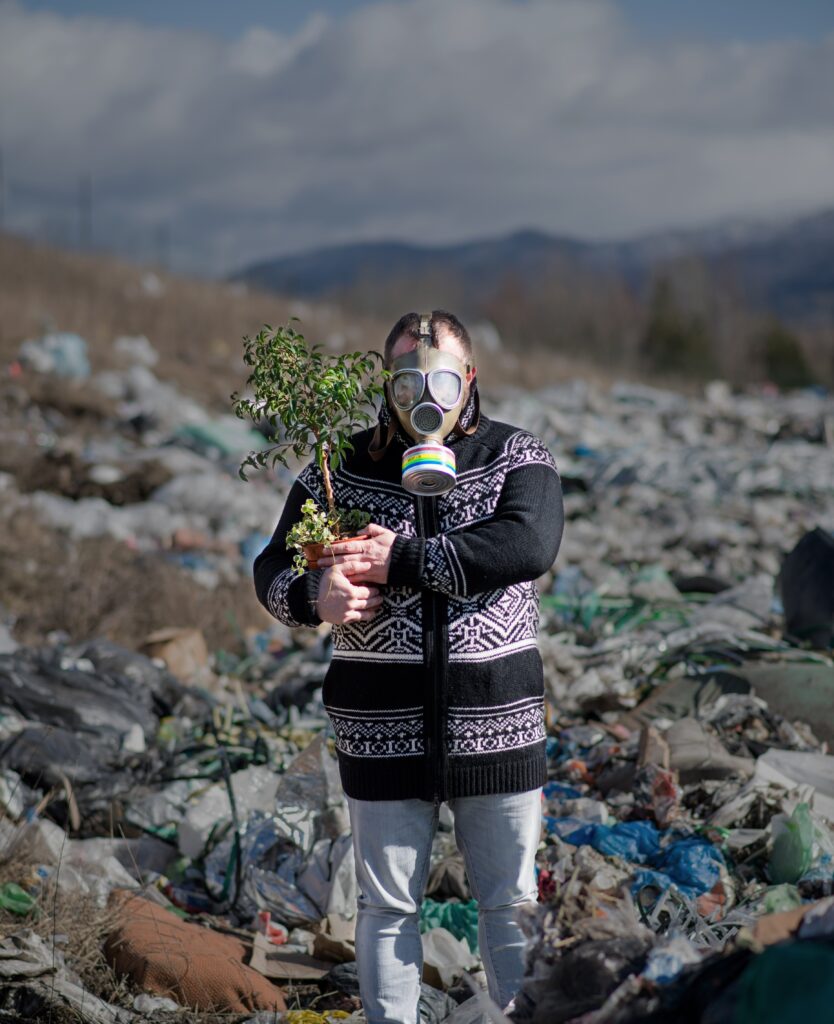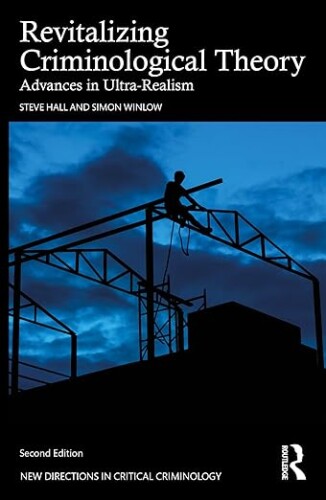
The development of ultra-realism
Reclaiming Our Reality

The roots of ultra-realism can be traced back to the 1990s. In 1998, Steve Hall and Simon Winlow worked together as researchers on an ESRC project concerned with violence in the UK’s night-time economy. Both were sociologists but also interested in criminology, political economy, history, culture and psychology. As the project wound down in the early years of the new millennium, they split from the project’s research team and began to publish their own takes on the findings.
Hall and Winlow hail from the traditional industrial working class. During their undergraduate and postgraduate years they had always felt a dissonance between the reality of their lifeworlds and the theoretical frameworks imposed upon them by the social scientific establishment. They constantly gathered useful ideas, but in their search for a theoretical framework for their research project, they became even more dissatisfied with classical thinkers and the more popular thinkers of the day – Foucault, Butler, Giddens, Bourdieu, Bauman, Cohen, Connell and others. The theoretical frameworks these thinkers offered, taken as complete packages or hybrids, were simply failing to explain the complex reality Hall and Winlow had researched – shifting forms of subjectivity appearing in the consumer culture of the burgeoning service economy in the deindustrialised regions of the UK.
They worked in the field of criminology but found it to be restrictive in its intellectual scope. Since the 1960s it had been overly focused on social reactions rather than the contextual reality of harm and crime. Criminology was a relatively new, undeveloped rendezvous discipline relying on concepts imported from cognate disciplines. They made a decision to at least attempt to produce concepts that furthered the discipline’s understanding of harm and crime. Carrying forward a few usfeul ideas from classical sociologists and selected contemporary sociologists such as Bauman, Young and Hayward, and other thinkers such as Veblen, Keynes, Lacan, Lasch, (early) Žižek, Johnston and Damasio, they got to work.
Hall and Winlow began to publish their new takes in book form, first with ‘Badfellas’, ‘Violent Night’ and ‘Criminal Identities and Consumer Culture’. However, they were often met with undue hostility beyond acceptable levels of constructive criticism. The attacks came from social scientists associated with the left of the ‘cultural turn’. Undaunted yet rather bemused, they pressed on to identify what they thought was the fundamental zemiological question on which criminology should rest: why do some individuals and groups risk harming others as they pursue their own interests?
Critical criminologists had often claimed that the reasons why individuals inflict harm on others are either universal or too psychologically complex and diverse to explain. However, feminists and left realists who had detected discernible trends in crime and harm in the early 1980s dismissed this as a cop-out. Hall and Winlow wanted to sail further in that realist direction, into deeper water to explore the realities of harm and the underlying philosophy with which we understand it.
Moving past outdated theories such as social strain, symbolic interactionism and post-structuralism, Hall and Winlow pressed the case that criminologists must embark on a renewed philosophical and scientific investigation of the underlying socioeconomic contexts, cultural processes and psychological drives that can help to explain trends in harmful and criminal activities. Producing works of undeniable sophistication such as ‘Theorizing Crime and Deviance’ in 2012 and ‘Rethinking Social Exclusion’ in 2013, they began to attract the attention of some younger academics involved in PhD or early career research.
However, there was no cessation of hostility. Hall and Winlow published the first edition of ‘Revitalizing Criminological Theory’ in 2015, an accessible, condensed digest of their theoretical framework contextualised in a critique of existing theories. Because the book clarified their criticisms of social science’s standard takes on important issues such as the crime decline, masculinity, patriarchy, ethnicity, organic resistance, authoritarian statism, populist social reaction and so on, it attracted animus that in some cases became hysterical and personal as it moved beyond published reviews and citations to leak onto burgeoning social media platforms.
As we entered the third decade of the millennium, the hostility reached a peak with the publication of articles in major journals that contained no constructive criticism of ultra-realism. They were nothing more than clumsy attempts to undermine the whole project. However, by that time ultra-realism had entered some flagship criminological, sociological and philosophical journals and some of the more sophisticated criminology textbooks and edited collections. It was also appearing in the curricula offered by less hidebound UK criminology and sociology departments. A growing number of young researchers were finding it useful as a source of explanatory concepts. Researchers in Spain and Latin America began to show interest and adopt ultra-realist concepts. More books influenced by ultra-realism landed on the bookshelves of university libraries and retailers while more articles were appearing in major journals. Momentum was gathering.
More recently, the project began to attract the attention of American critical criminologists such as Kevin Steinmetz and Edward Green, who resisted wholesale undermining to offer more constructive criticism in the appropriate manner. Despite a controversial incident in which the British Journal of Criminology’s editorial board desk-rejected an article submitted in defence of ultra-realism, written by Thomas Raymen and Tereza Østbø Kuldova, the journal made amends by publishing ultra-realist articles written by Anthony Ellis, Justin Kotzé, Keith Hayward, Simon Winlow, Steve Hall and others. Research monographs written by Ellis and Daniel Briggs and inspired by ultra-realism had also won awards. Given this accelerating momentum, the new edition of ‘Revitalizing Criminological Theory’, to be published on May 30th, 2025 (see link below) is now able to reveal a far more positive picture as it outlines and discusses the burgeoning catalogue of ultra-realist research and theory construction.
The fundamental problem behind criminology’s general reluctance to challenge its domain assumptions and stray from its current path is associated with politics, culture and careerism. All theoretical schools and their associated research agendas are founded on conceptions of human nature, the state and the causes of crime and harm which are drawn from standard political philosophies – conservatism, liberalism, socialism, feminism, postmodernism and their variations. Challenging the domain assumptions of prevailing dogmas based on an underlying political position – today a loosely assembled intersectional left-liberalism – can result in loss of career progression and personal reputation.
Ultra-realists argue that criminology must break free from these institutonalised political and cultural dogmas, which are supported by ‘backwards research’ – i.e. research carried out by first assuming the conclusion before gathering evidence to support it. Criminologists must embrace zemiology and return to the real world to construct new ‘forwards research’ agendas and theories fit for the 21st century. For the time being, ethnography is the most effective method for this purpose, especially when ethnographers are supplied with new and more advanced concepts to test in the field.
We hope this website will inspire researchers to delve into ultra-realism’s armoury of concepts. To help construct a new theoretical framework and provide researchers with some useful concepts, ultra-realists have over the years coined a number of unique terms, all of which are introduced to the reader in the second edition of ‘Revitalizing Criminological Theory’ (see link below). These are the principal ones:
The pseudo-pacification process
Objectless anxiety
Special liberty
Expressive and instrumental liberty
The rebellion/conformity hybrid
Strategic normative practices
The assumption of harmlessness
The chosen unconscious
Emotional credibility
Non-suffering
Epochal flexibility
Controlled zemiogenesis
Teleological pragmatism
Revitalizing Criminological Theory, 2nd Edition

“[T]he building blocks of a new and distinct criminological paradigm.”
Professor Keith Hayward, Copenhagen University
Publication date: May 30th, 2025
January 2025